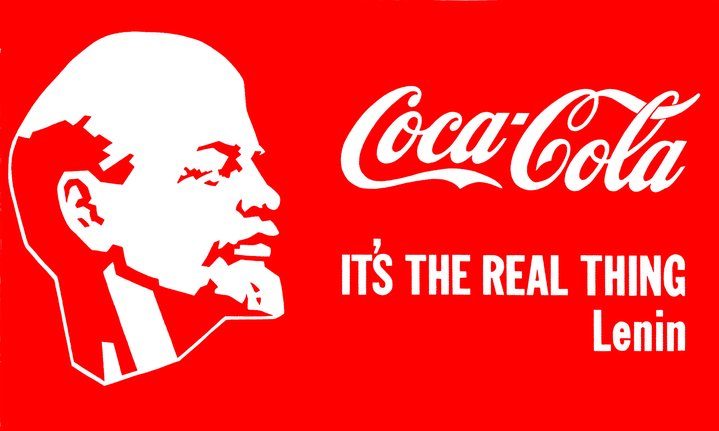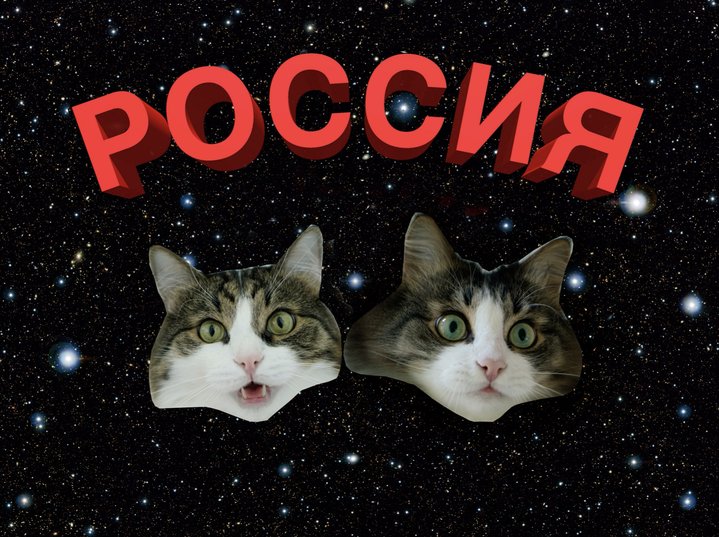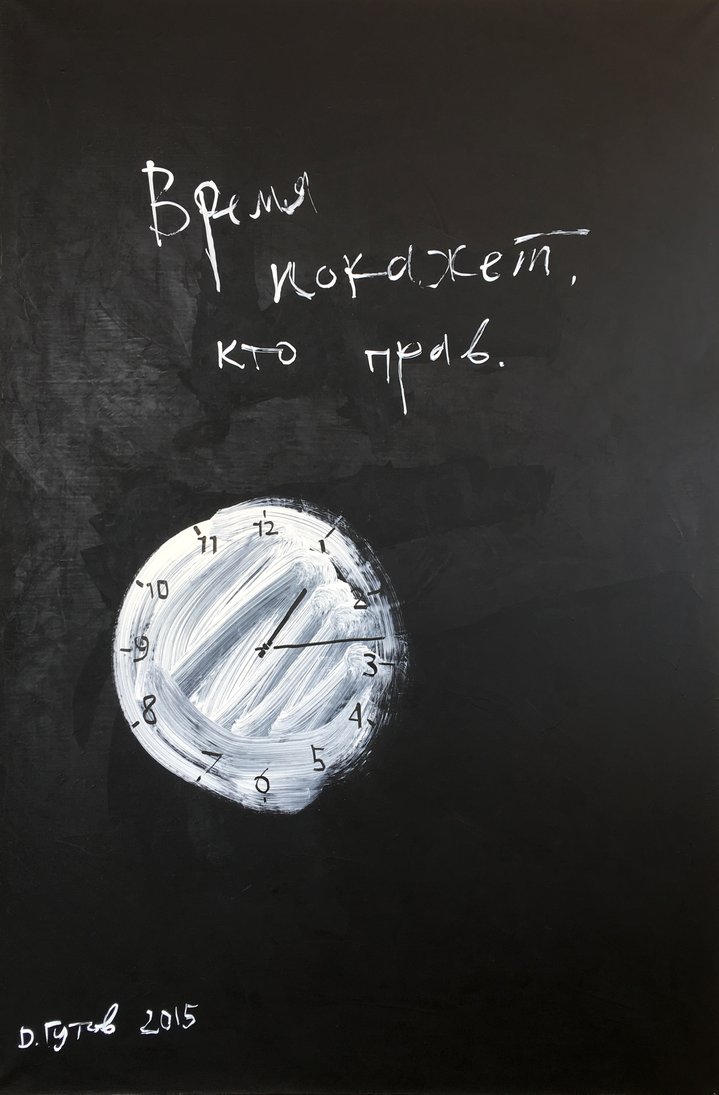“It’s the Real Thing,” – Creeping into Crypto
The first NFT exhibition of Russian artists has landed. ‘Acollection’ is an online showcase of ten artists making their first steps into NFT territory, guided by the Aksenov Family Foundation.
Most of the artists in the NFT show ‘Acollection’ have already made a name for themselves on the Russian traditional art scene. The line-up includes Alina Glazoun (b. 1988), Dmitry Gutov (b. 1960), Alexander Kosolapov (b. 1943), Liza Bobkova (b. 1987), Anastasia Samoylova (b. 1984), Dmitry Kavka (b. 1974), Tanya Akhmetgalieva (b.1983), Liza Kulagina (b. 1991), Ulyana Podkorytova (b. 1984) and Albina Mokhryakova (b. 1990). They are a mix of millennial female artists, with established masters: Kosolapov and Gutov and designer-turned-artist Kavka.
With all due respect to this distinguished cohort, the NFT constituent, nevertheless, comes before any questions of individual artistic merit. Here you sense “the medium is the message” and, it seems, being first to get a foot in the NFT door is on the agenda. However, the exhibition organiser, the Aksenov Family Foundation, is a step ahead of the game by choosing the eco-friendly blockchain Tezos, which, unlike the more popular Ethereum, hasn’t muddied its reputation with environmental damage.
The organisers are quick to distance themselves from mainstream stereotypes, saying they are “examining the reverse side of NFT, one that has nothing to do with hype and easy money, but seeks to create long-standing relationships between artists and art-collectors”. Applaudable as that may be, it is not quite clear how they intend to implement this and who the intended collectors are. The exhibition is hosted by Alterhen, a newly created online gallery, a kind of artist-run virtual space with a democratic egalitarian outlook. It seems more of an experiment in collaboration, mutual support and cross-pollination between the analogue and digital art worlds, traditional and crypto collectors, Russian and European markets.
The pricing is also experimental. Most of the works are inexpensive, certainly compared to market prices for analogue equivalents. Take Kosolapov, for example, the most established artist in the group. His painting ‘Lenin Coca-Cola’ fetched 44,000 GBP at auction, yet, the same work can be acquired for a mere 17.5 tez (58 US dollars) in digital form, while Gutov costs a mere 3 tez (under 1 US dollar), although his works are essentially digital copies of pre-existing analogue works, with an additional moving element. The most popular is Russia’s “queen of memes” Alina Glazoun, also on sale for under 3 tez. With the exception of Miami-based Russian artist Anastasia Samoylova, who has crafted two complex video works especially for the exhibition, which are on sale in a small edition for 850 and 900 tez (almost 3,000 US dollars), any budding collector could grab over 20 artworks for under 1,000 US dollars, unimaginable in the analogue collecting world.
At such low prices, you need a big pool of buyers to build a dynamic and sustainable market. But, judging by the amount of digital copies still available, the client base hasn’t yet caught up. Traditional currencies aren’t accepted, so buyers need to be crypto literate, or willing to migrate. It seems clear that a lot of cross-pollination is still necessary between the contemporary art and crypto communities. The NFT market is evolving as we speak and it is in the hands of all the players, the collectors, artists, agents, to shape it in the way they wish. The Aksenov Foundation is bravely taking the plunge into this new sphere, bracing the unknown, even if its first steps aren’t yet a roaring commercial success.










